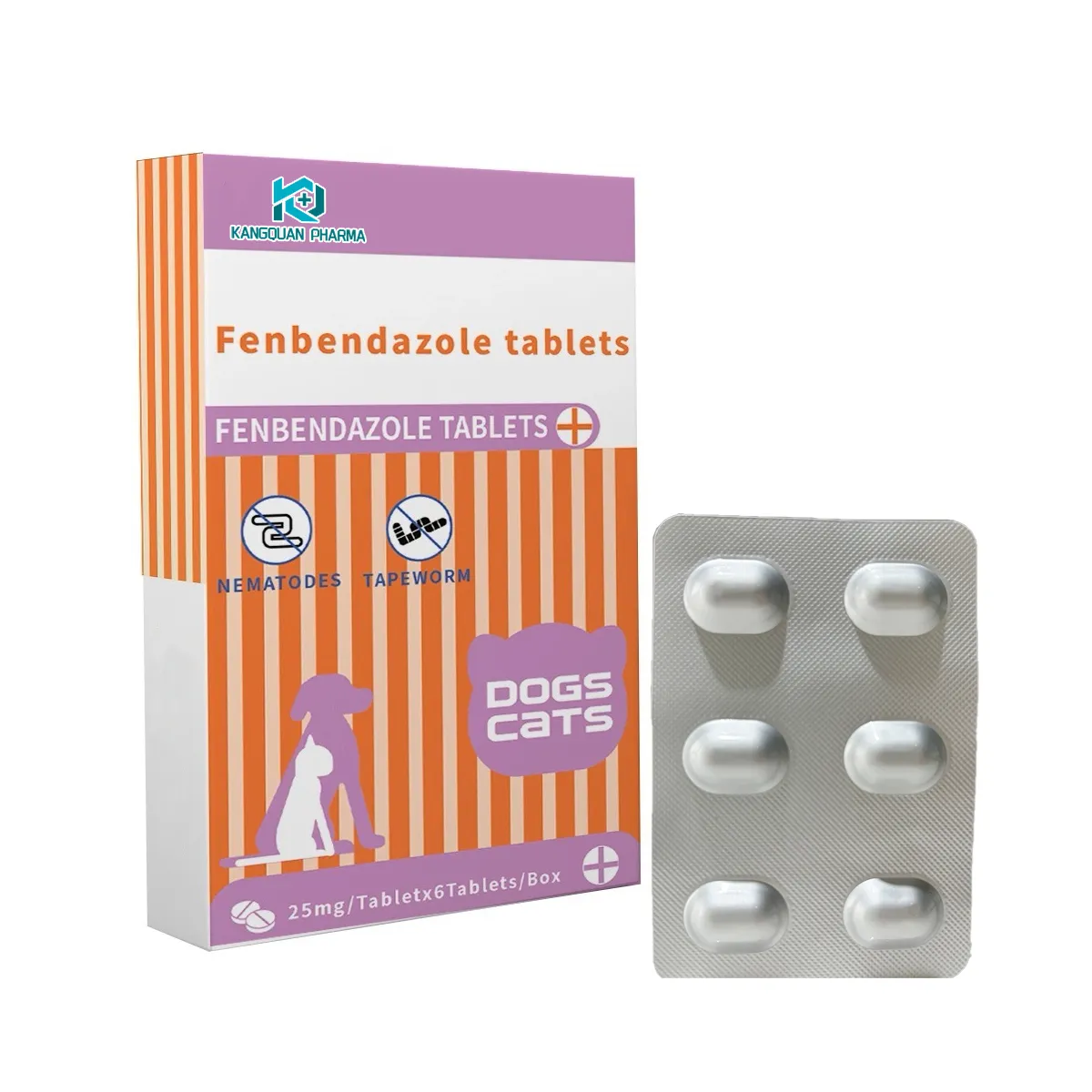- Afrikaans
- Albanian
- Amharic
- Arabic
- Armenian
- Azerbaijani
- Basque
- Belarusian
- Bengali
- Bosnian
- Bulgarian
- Catalan
- Cebuano
- Corsican
- Croatian
- Czech
- Danish
- Dutch
- English
- Esperanto
- Estonian
- Finnish
- French
- Frisian
- Galician
- Georgian
- German
- Greek
- Gujarati
- Haitian Creole
- hausa
- hawaiian
- Hebrew
- Hindi
- Miao
- Hungarian
- Icelandic
- igbo
- Indonesian
- irish
- Italian
- Japanese
- Javanese
- Kannada
- kazakh
- Khmer
- Rwandese
- Korean
- Kurdish
- Kyrgyz
- Lao
- Latin
- Latvian
- Lithuanian
- Luxembourgish
- Macedonian
- Malgashi
- Malay
- Malayalam
- Maltese
- Maori
- Marathi
- Mongolian
- Myanmar
- Nepali
- Norwegian
- Norwegian
- Occitan
- Pashto
- Persian
- Polish
- Portuguese
- Punjabi
- Romanian
- Russian
- Samoan
- Scottish Gaelic
- Serbian
- Sesotho
- Shona
- Sindhi
- Sinhala
- Slovak
- Slovenian
- Somali
- Spanish
- Sundanese
- Swahili
- Swedish
- Tagalog
- Tajik
- Tamil
- Tatar
- Telugu
- Thai
- Turkish
- Turkmen
- Ukrainian
- Urdu
- Uighur
- Uzbek
- Vietnamese
- Welsh
- Bantu
- Yiddish
- Yoruba
- Zulu
Nov . 26, 2024 05:01 Back to list
Appropriate Dosage of Ivermectin Injection for Sheep Health Management
Ivermectin Injection Dosage for Sheep A Guide for Livestock Farmers
Ivermectin is a widely used antiparasitic medication important for the health of sheep and other livestock. This drug is effective against a range of internal and external parasites, including nematodes, ectoparasites, and some protozoa. Proper usage and dosage of Ivermectin are crucial to ensuring the welfare of sheep, optimizing their growth, and maintaining the overall productivity of a flock.
Understanding Ivermectin
Ivermectin belongs to a class of drugs known as avermectins, which are derived from the bacterium Streptomyces avermitilis. It works by interfering with the nervous system and muscle function of parasites, leading to paralysis and death of these unwanted guests. In sheep, Ivermectin is primarily used to control infestations of gastrointestinal nematodes, lungworms, and external parasites like lice and mites, making it an essential part of a comprehensive parasite management program.
Recommended Dosage
When it comes to administering Ivermectin, it is crucial to adhere to the recommended dosage to ensure effective treatment while minimizing the risk of adverse effects. The typical dosage for Ivermectin injection in sheep is 0.2 mg/kg of body weight. This dosage can vary slightly depending on specific formulations or the type of parasite being treated, so always consult the product label or your veterinarian for guidance.
To determine the correct dosage for individual sheep, weigh or estimate their weight accurately. For example, if you have a sheep that weighs 50 kg, the calculation for the Ivermectin dose would be
\[ \text{Dose (mg)} = \text{Body Weight (kg)} \times 0.2 \, \text{mg/kg} \]
\[ \text{Dose (mg)} = 50 \, \text{kg} \times 0.2 \, \text{mg/kg} = 10 \, \text{mg} \]
ivermectin injection dose for sheep

Therefore, you would administer 10 mg of Ivermectin to a 50 kg sheep
.Administration Method
Ivermectin is available in different formulations, including injectable solutions, oral pastes, and pour-on formulations. For injectable Ivermectin, ensure you use a sterile needle and syringe. Inject the solution subcutaneously, typically in the neck region, to minimize muscle irritation. It is essential to follow aseptic techniques to prevent any potential infections at the injection site.
Timing and Frequency of Treatment
The timing and frequency of Ivermectin treatment can depend on the specific parasite pressure in your area and the management practices of your farm. Generally, sheep are treated at strategic times such as before and after lambing, during the grazing season, and following periods when parasites are most active. Regular fecal egg counts can help monitor parasite burdens and inform when treatment is necessary.
Safety and Precautions
While Ivermectin is generally safe for sheep, there are a few precautions to keep in mind. Avoid using Ivermectin in sheep that are known to be sensitive to this drug or in those that are ill. Since Ivermectin is excreted in milk, it is crucial to adhere to withdrawal times before the sheep's milk is intended for human consumption. Always read the product label and consult your veterinarian for specific advice tailored to your flock.
Conclusion
Ivermectin is an invaluable tool in managing the health of sheep, aiding in the control of various parasites that can negatively impact their health and productivity. By understanding the appropriate dosing guidelines, administration methods, and timing for treatment, sheep farmers can ensure the effectiveness of Ivermectin, ultimately leading to a healthier and more productive flock. Always prioritize consultations with a veterinarian to develop a comprehensive health management plan tailored to your sheep's needs.
-
Guide to Oxytetracycline Injection
NewsMar.27,2025
-
Guide to Colistin Sulphate
NewsMar.27,2025
-
Gentamicin Sulfate: Uses, Price, And Key Information
NewsMar.27,2025
-
Enrofloxacin Injection: Uses, Price, And Supplier Information
NewsMar.27,2025
-
Dexamethasone Sodium Phosphate Injection: Uses, Price, And Key Information
NewsMar.27,2025
-
Albendazole Tablet: Uses, Dosage, Cost, And Key Information
NewsMar.27,2025













